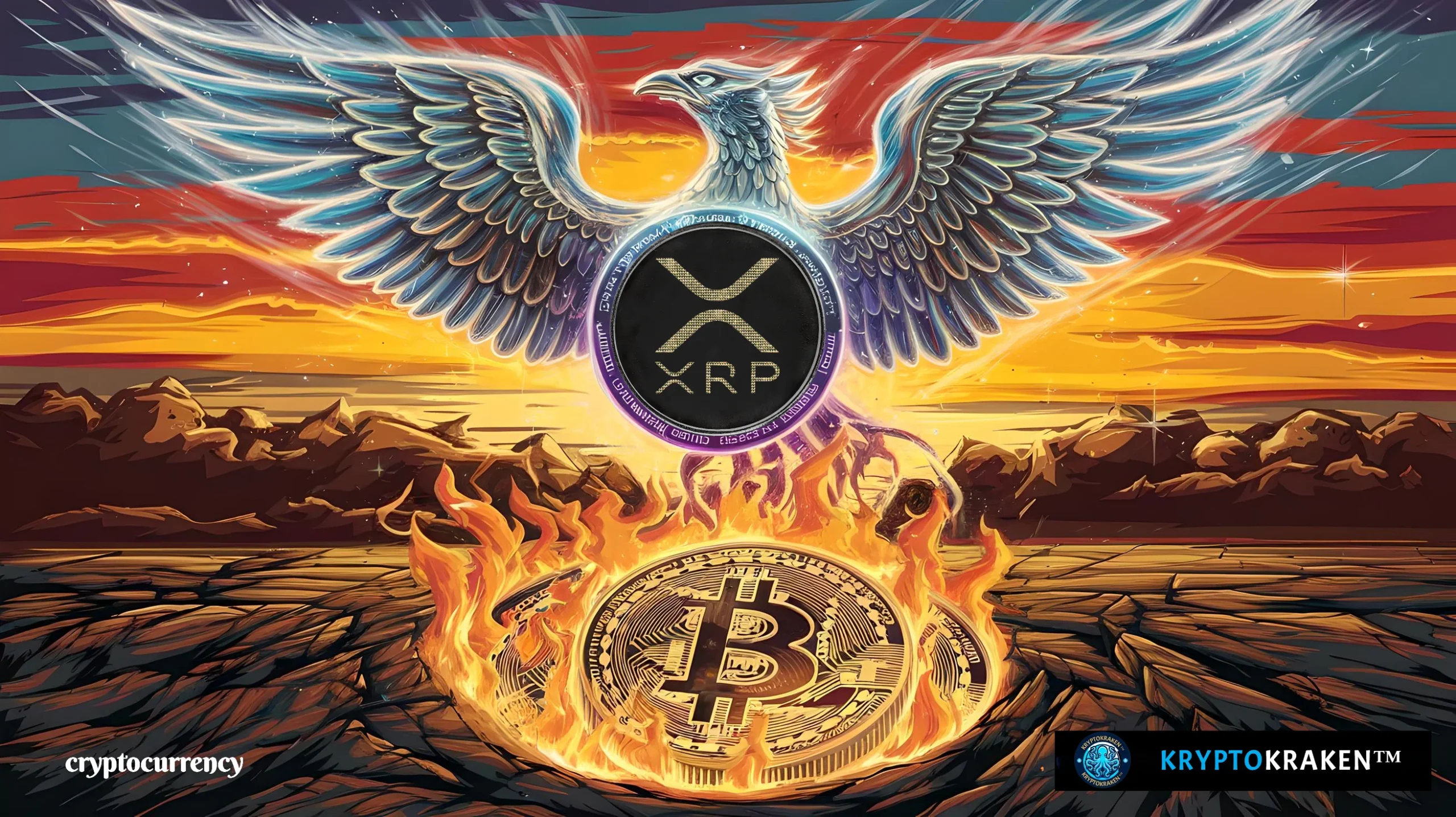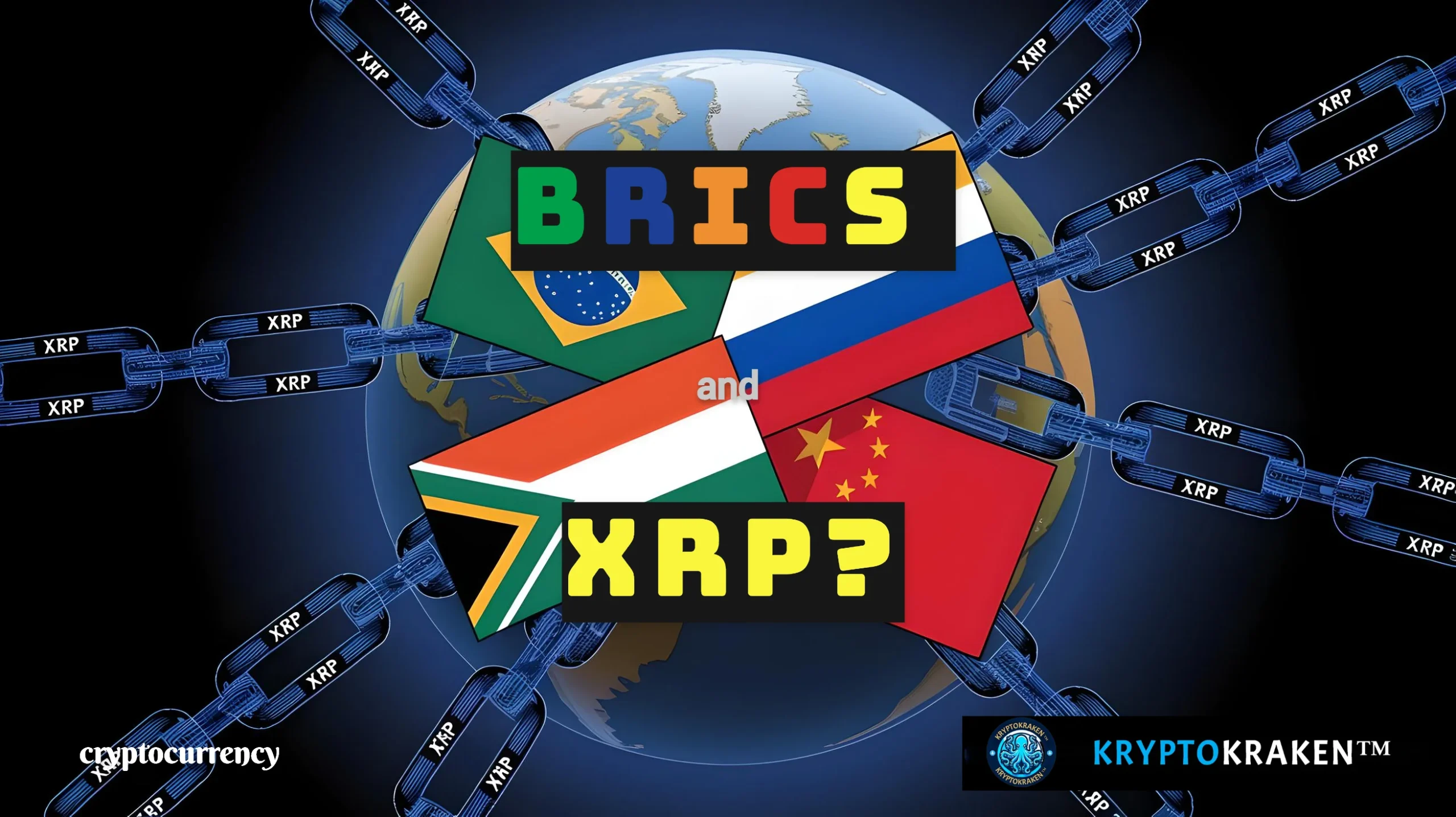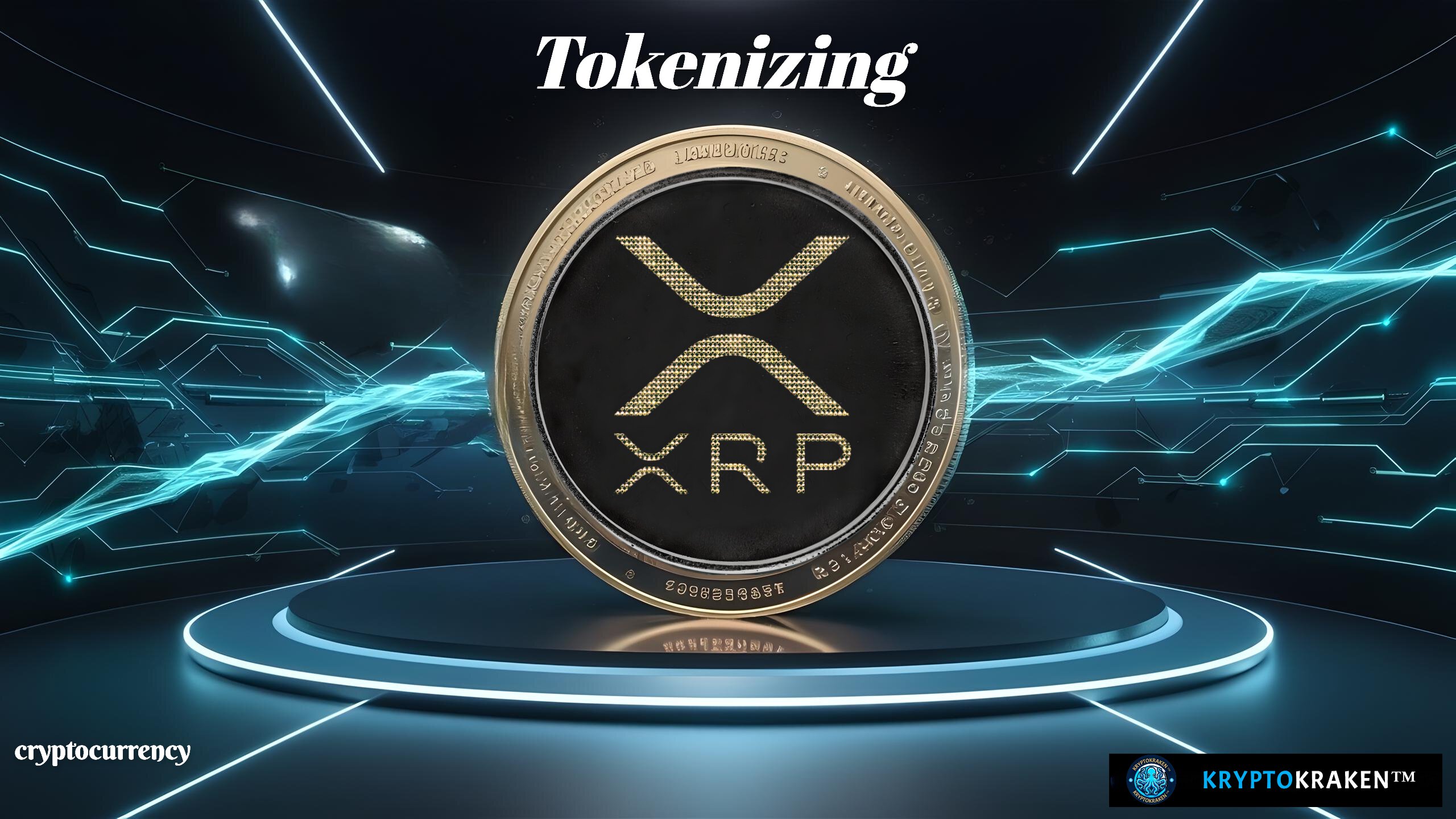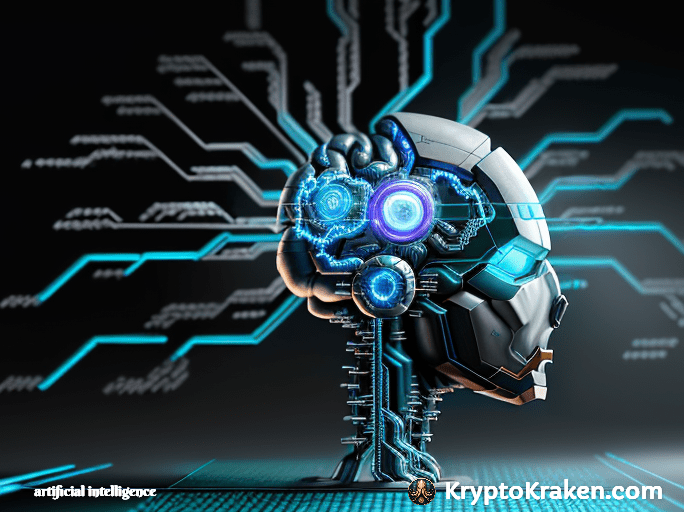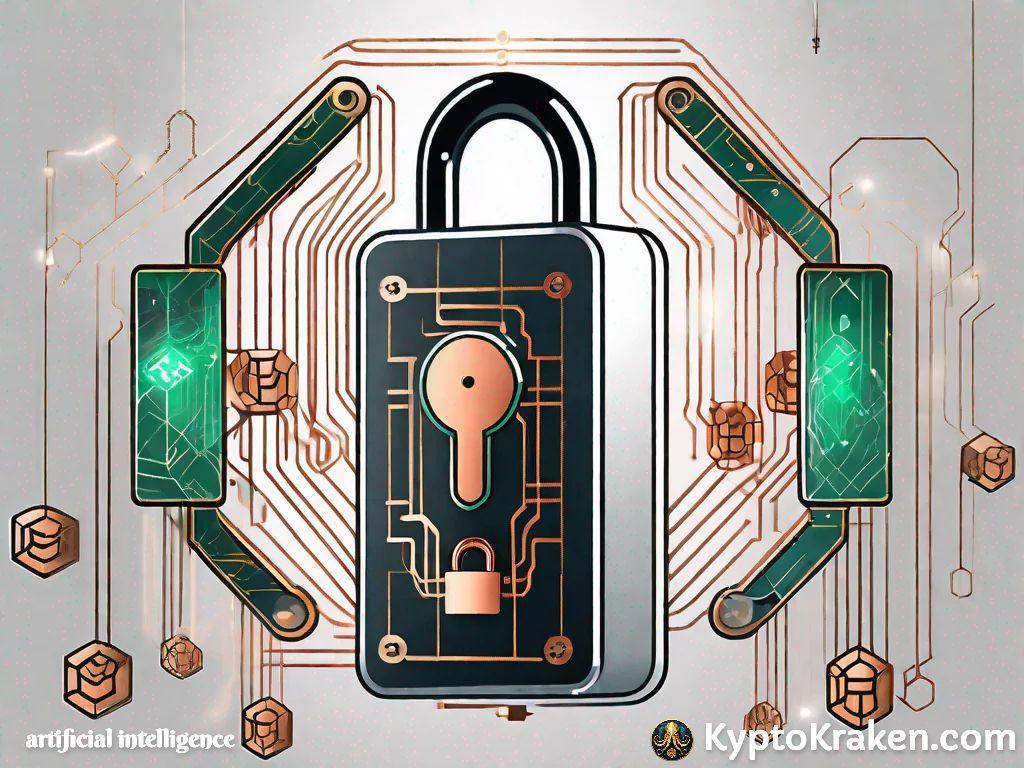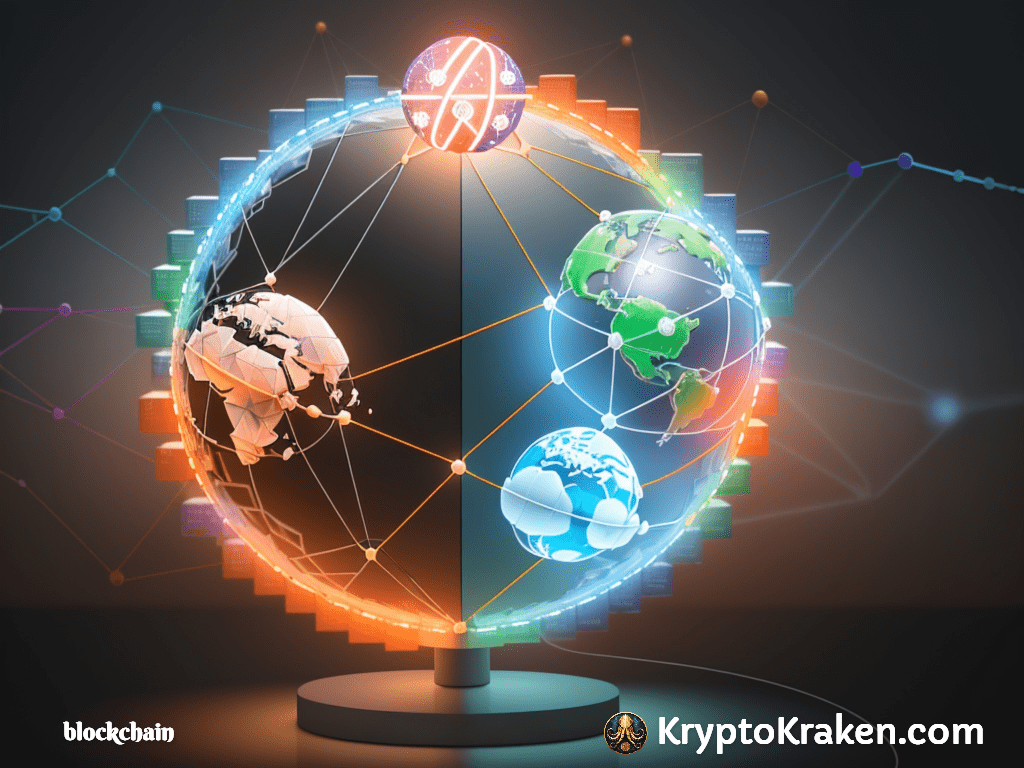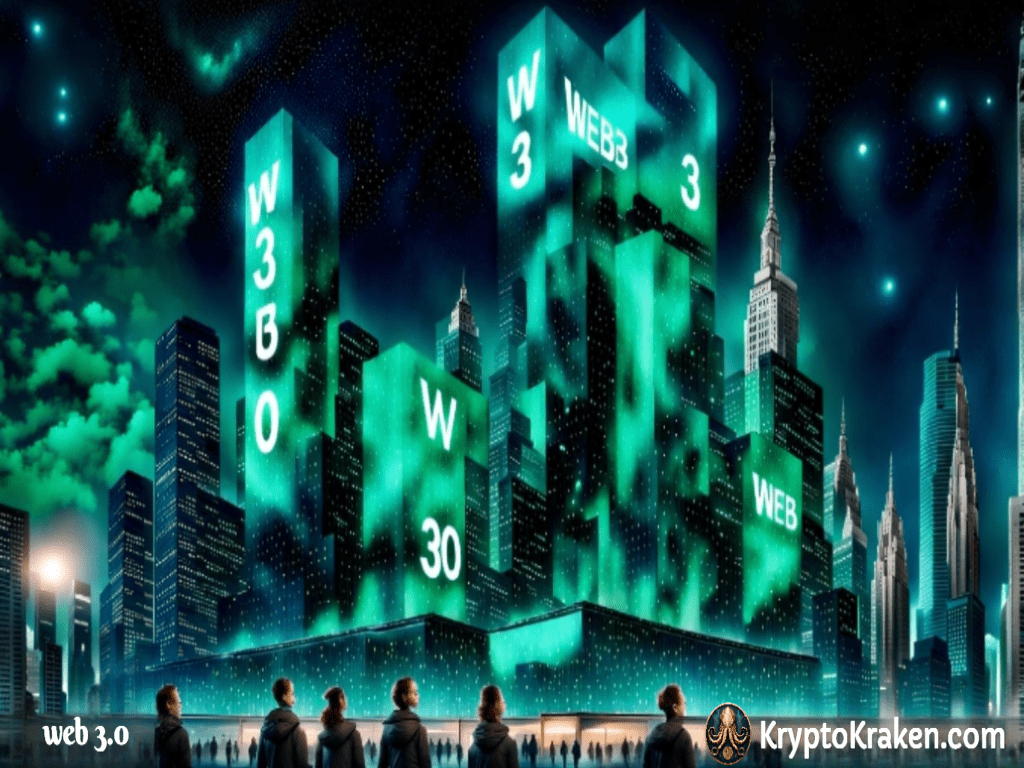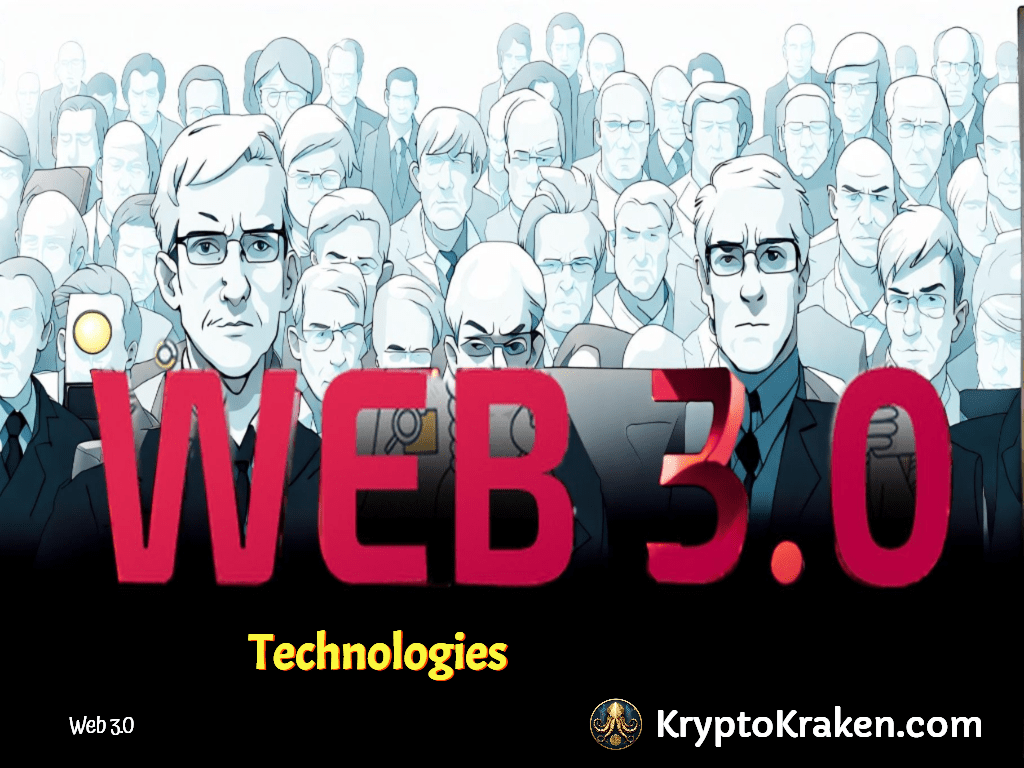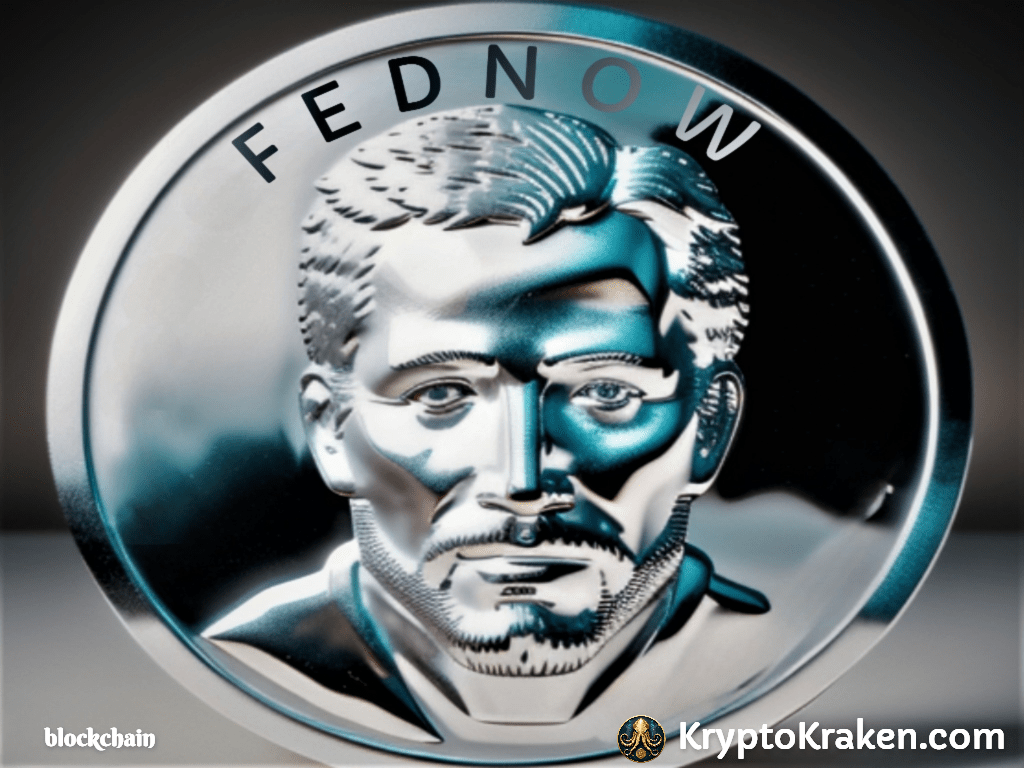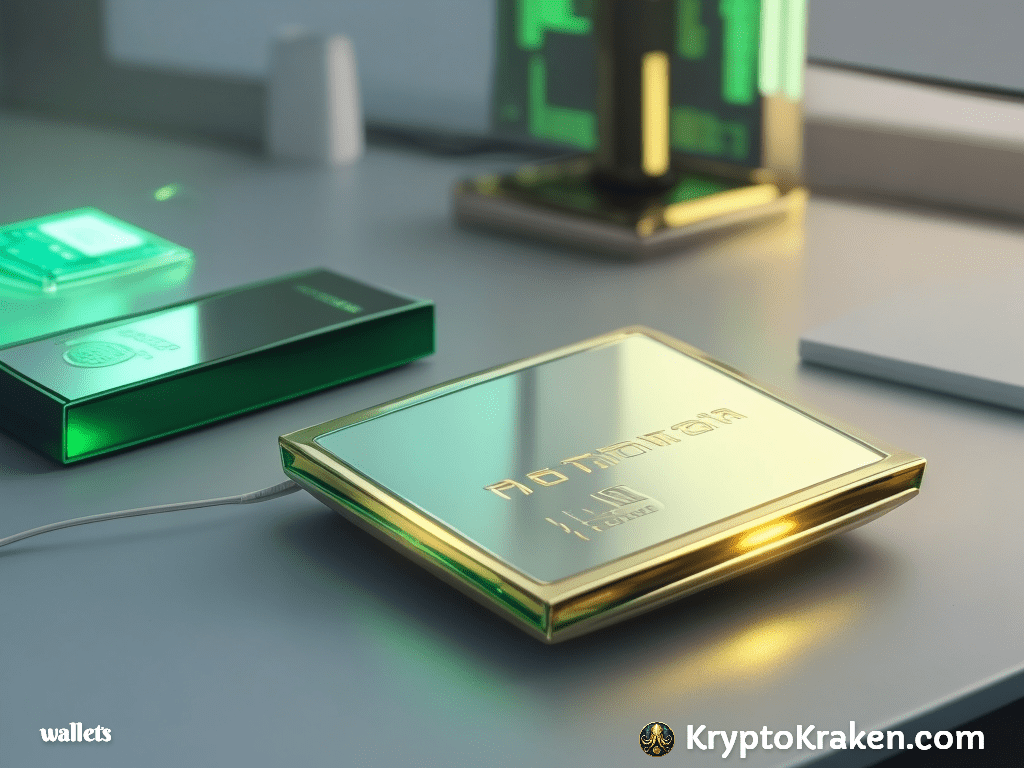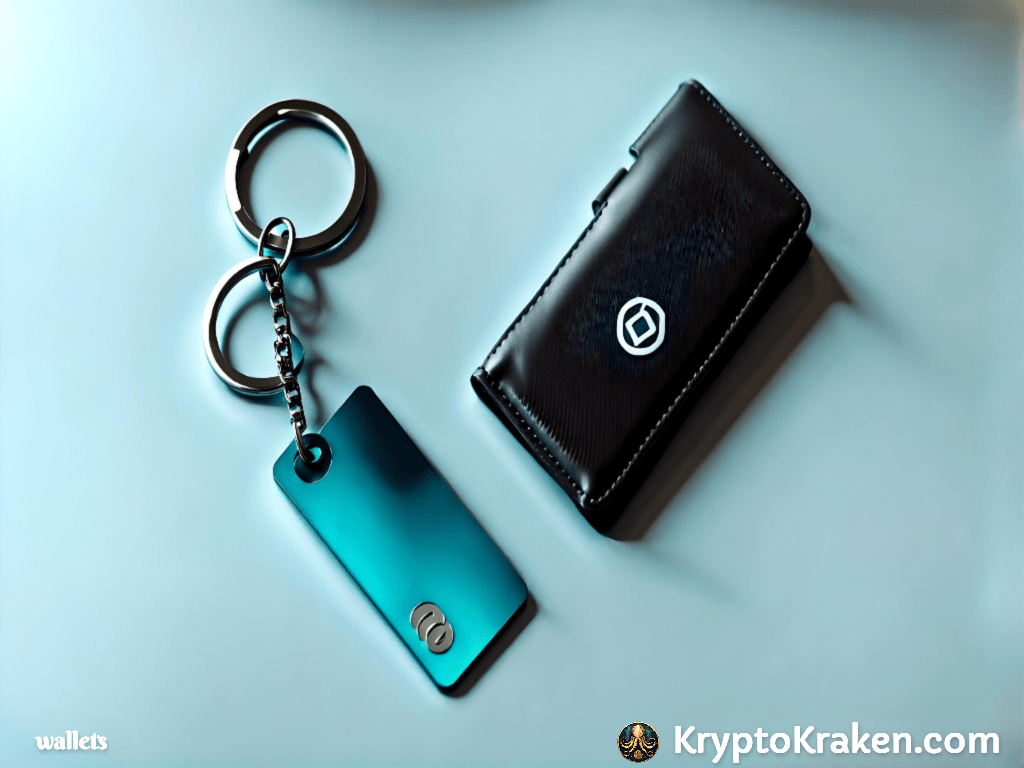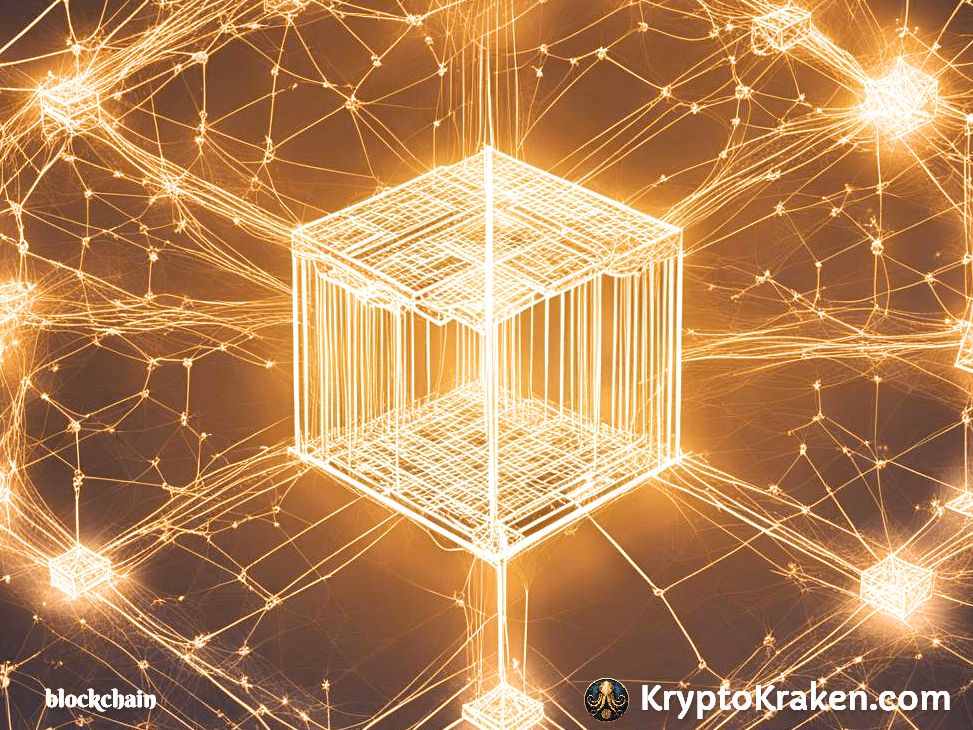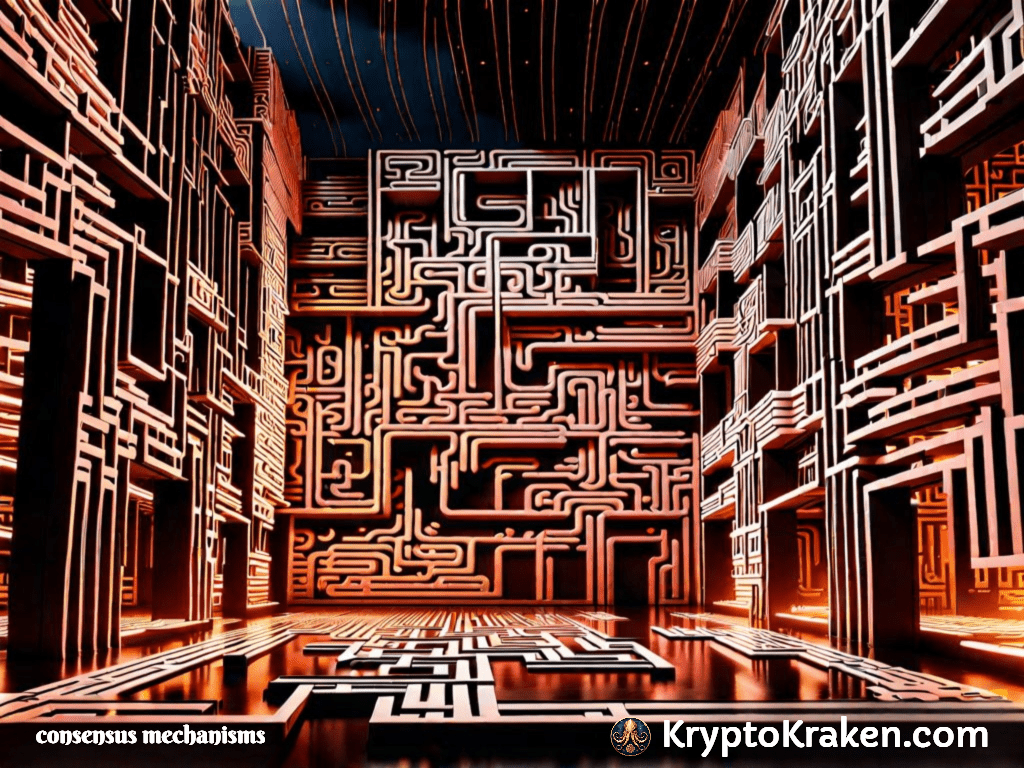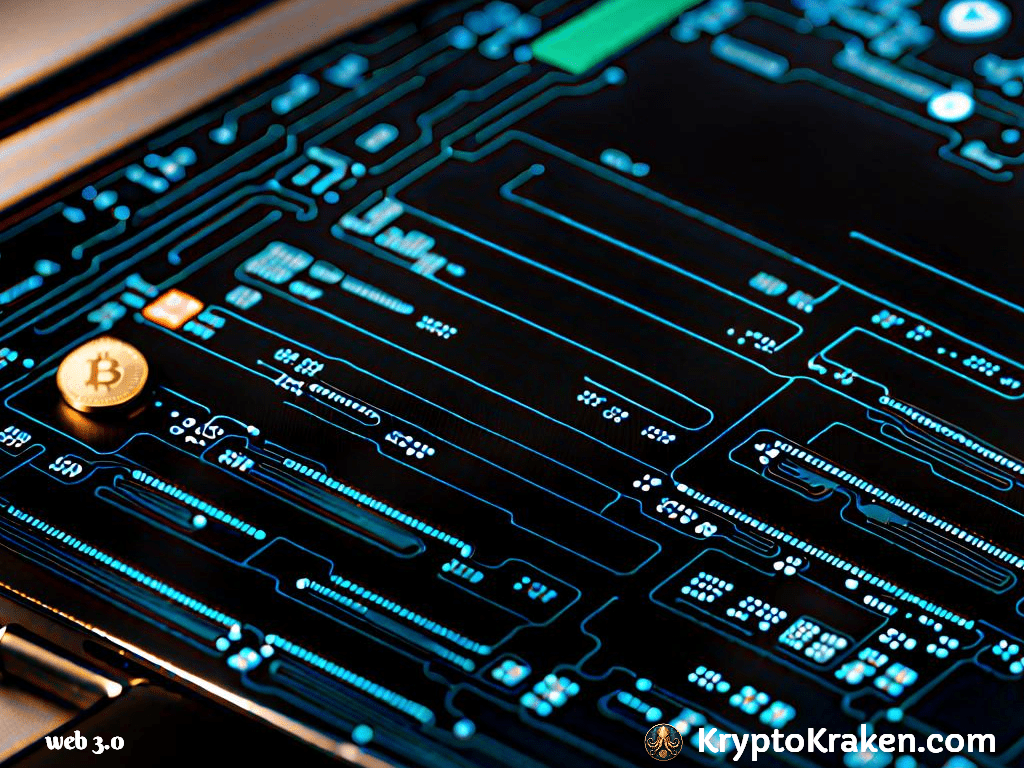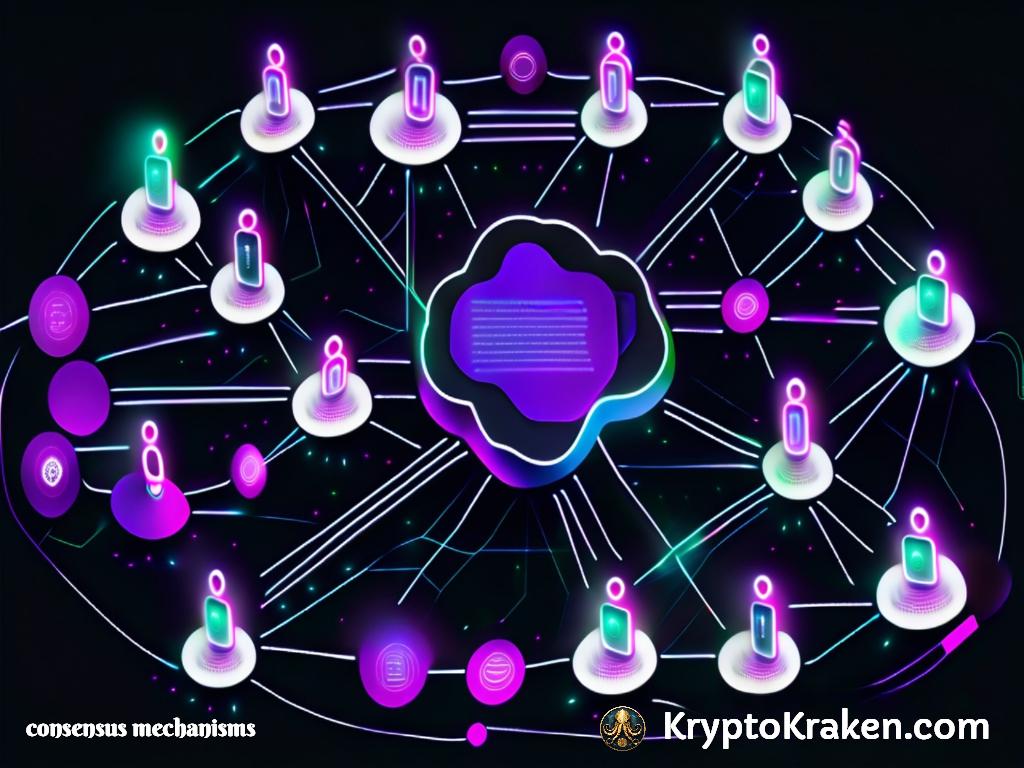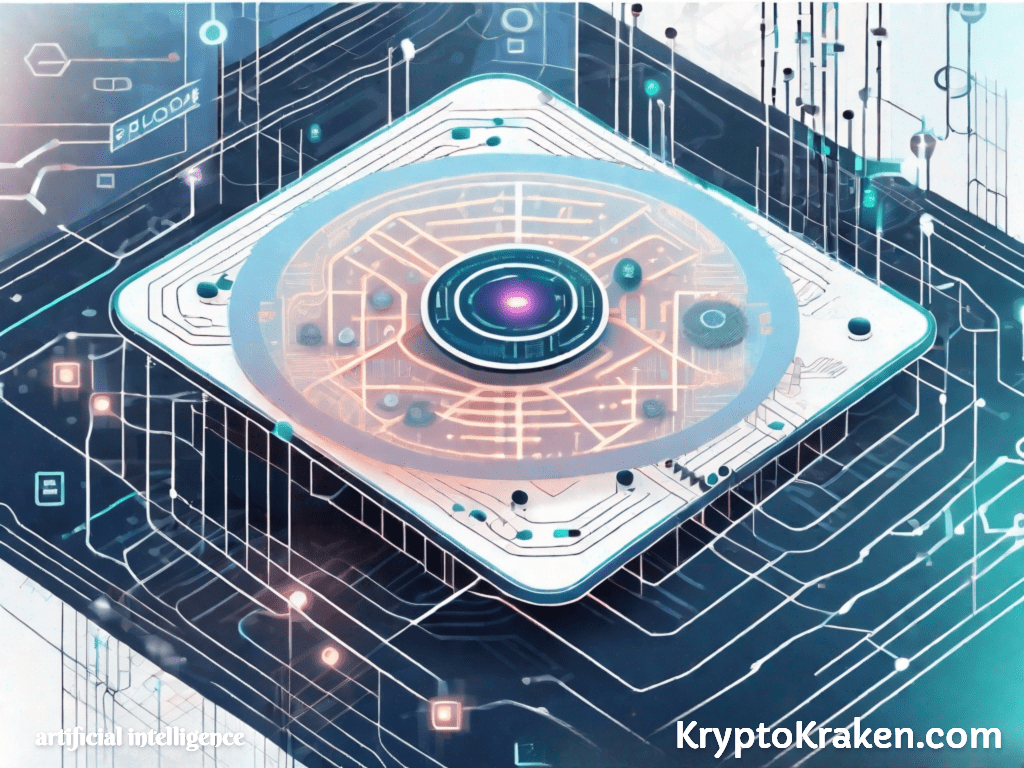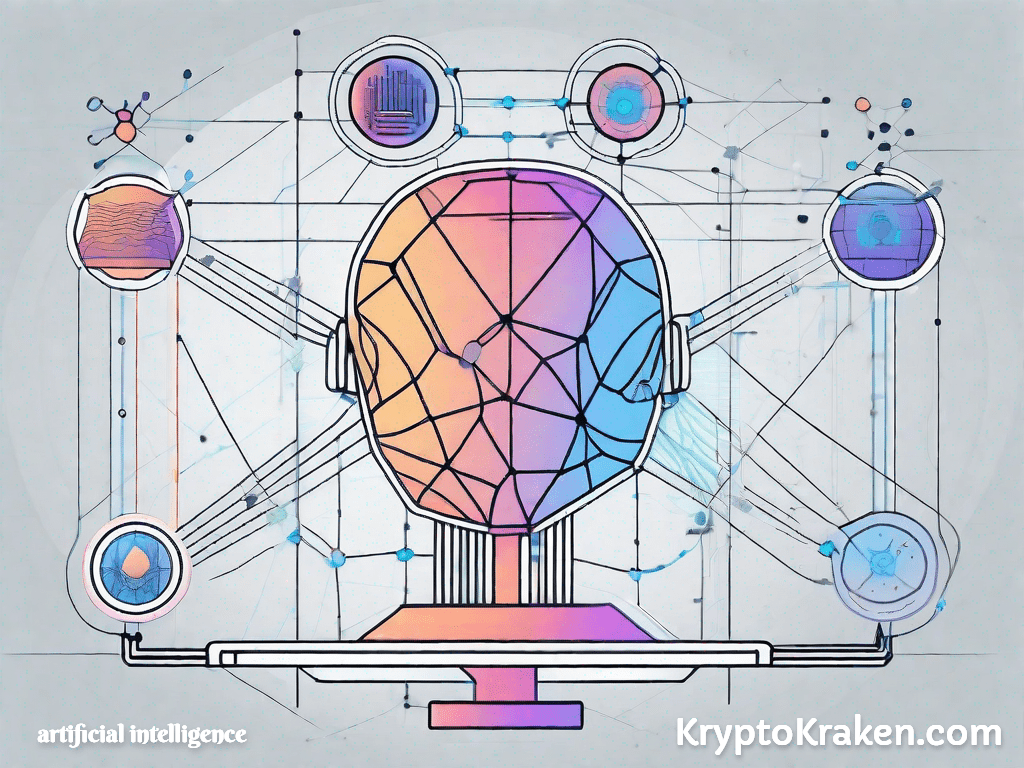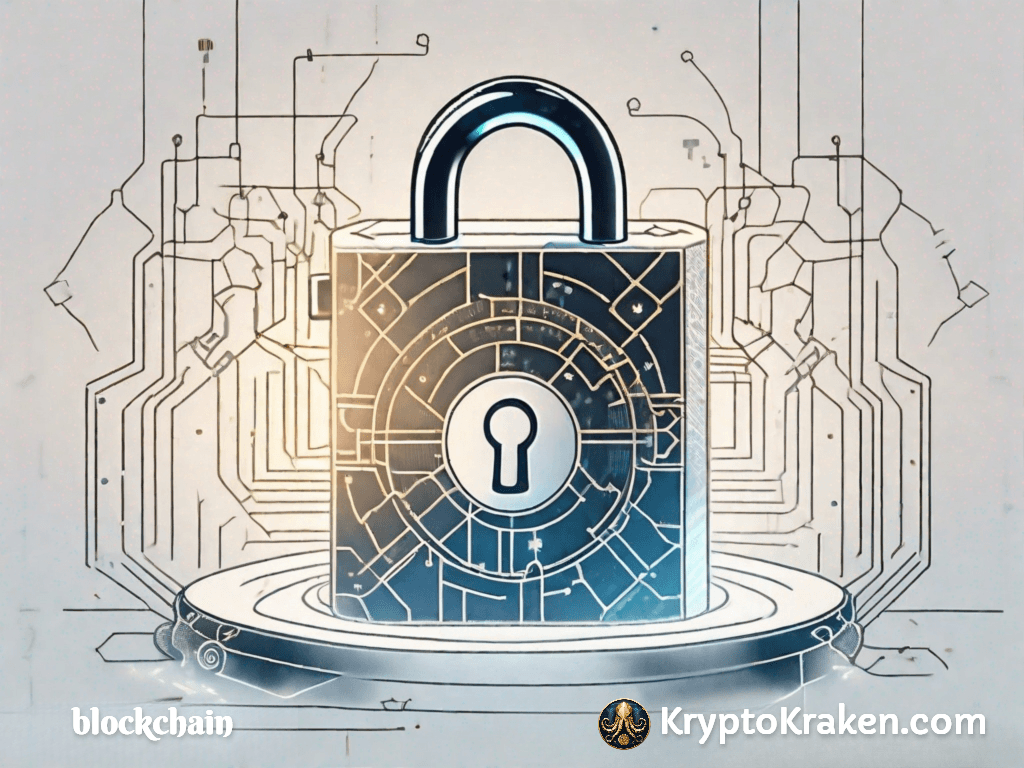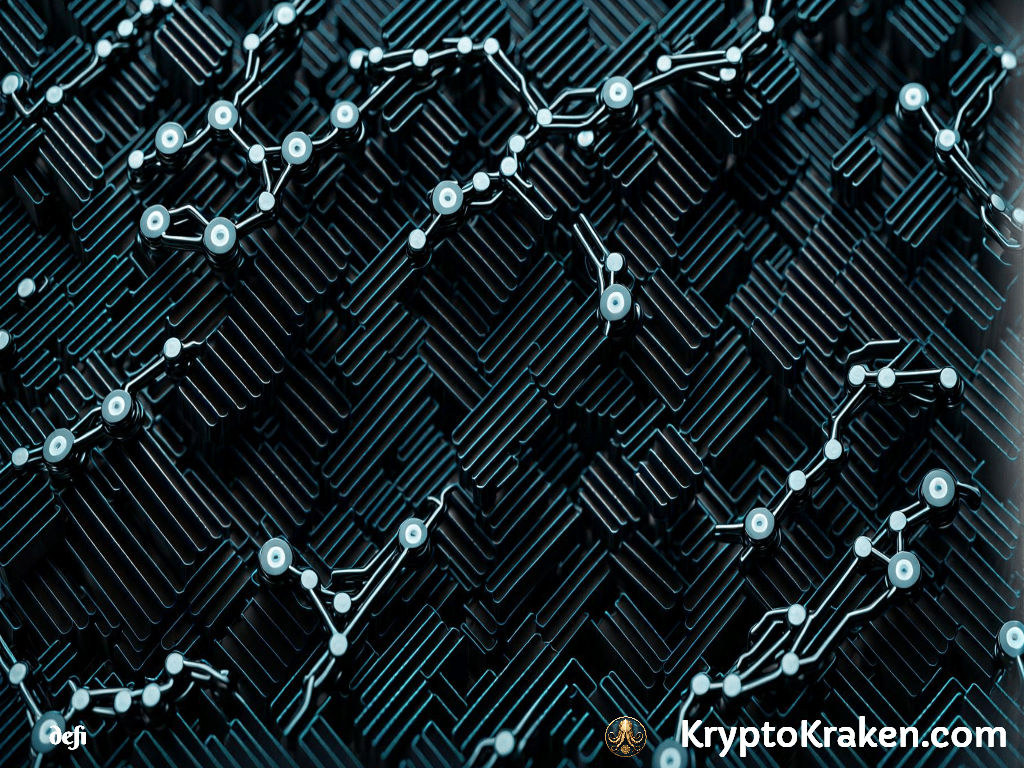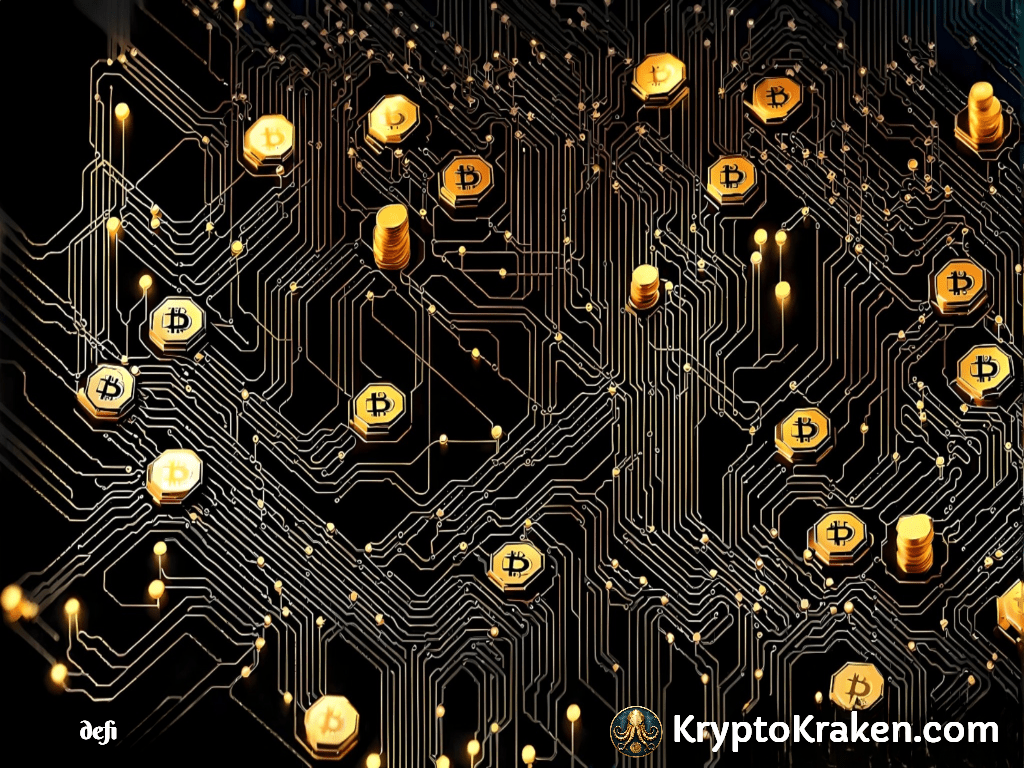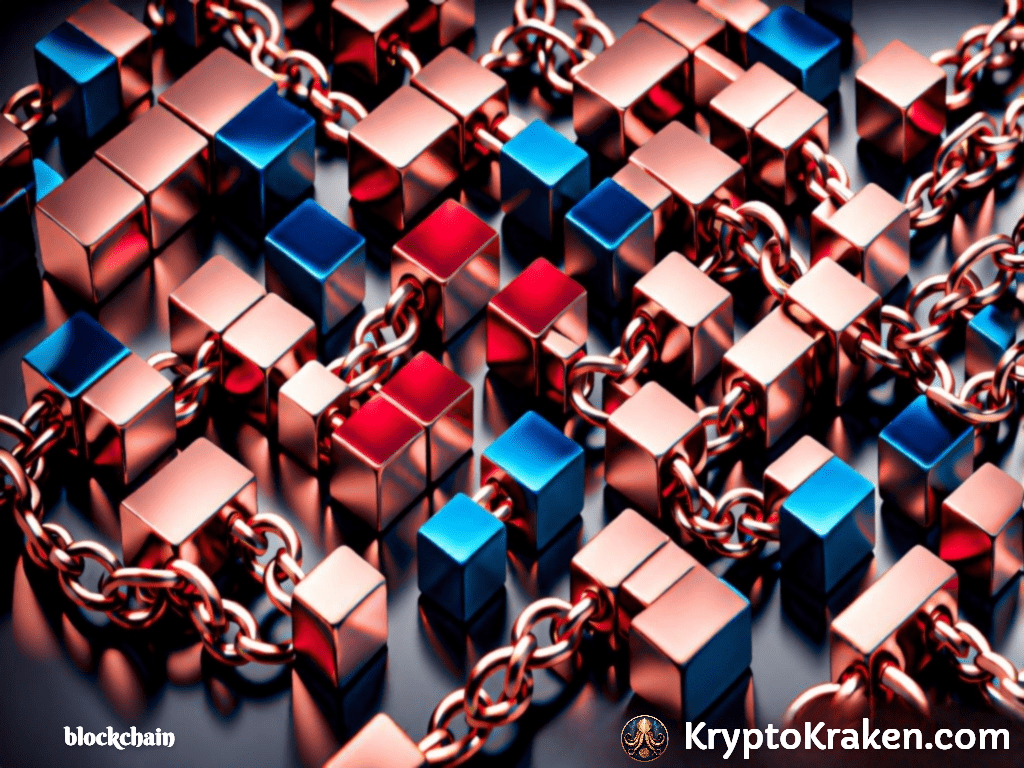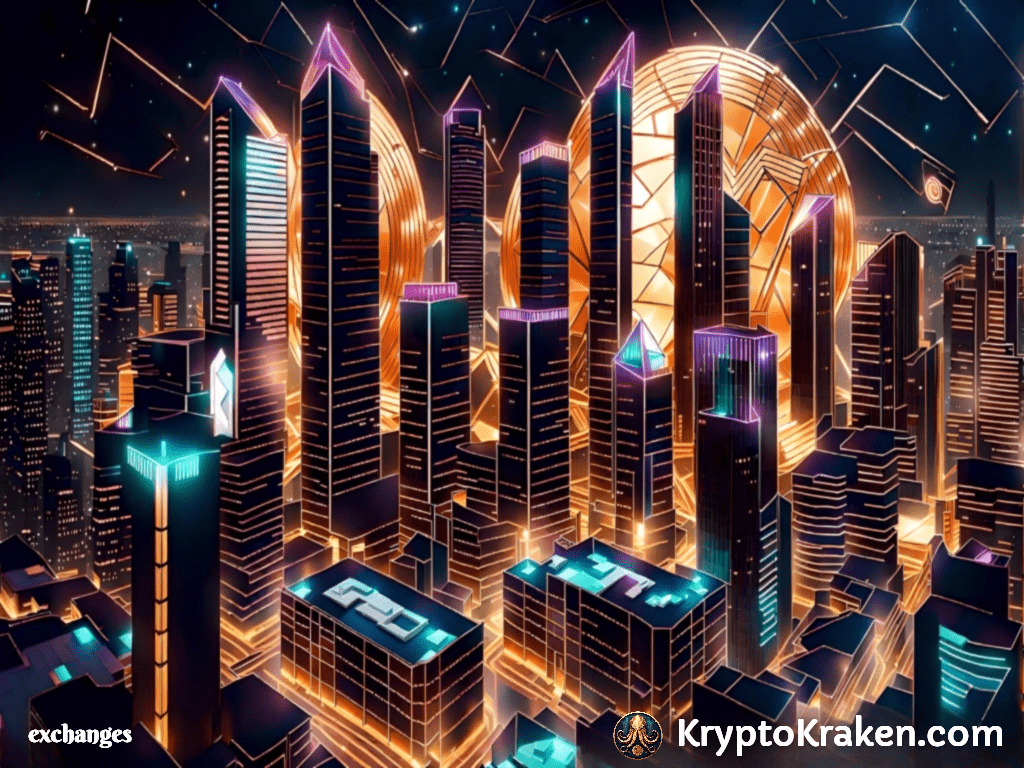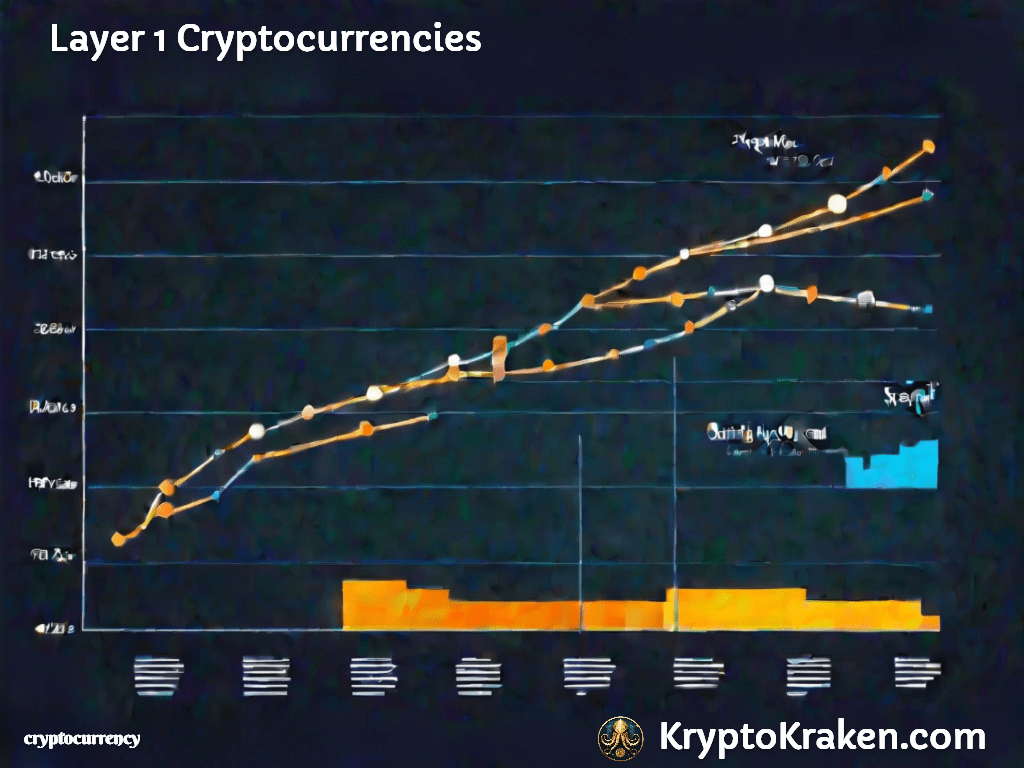
- August 25, 2023
- Dennis Frank
- 0
Table of Contents
Layer-1 Cryptocurrencies: Everything You Need to Know
Cryptocurrencies are slowly but steadily taking over the traditional financial space, with the market cap of all digital assets currently sitting at over $2 trillion. While Bitcoin, the first cryptocurrency launched in 2009, remains the most popular and valuable digital asset, it’s important to note that there are several other digital currencies gaining traction in the market. In particular, layer-1 cryptocurrencies represent a unique segment of digital assets that are worthy of attention, and in this article, we’ll be exploring everything you need to know about them.
Understanding Layer-1 Coins: What You Need to Know
Layer-1 coins are cryptocurrencies built on their own blockchain, as opposed to those built on top of existing blockchains like Ethereum, which are referred to as layer-2 coins. Layer-1 blockchain technology is fundamentally different from layer-2 blockchains, with unique consensus mechanisms, security protocols, and other features that make them stand out.
The Basics of Layer-1 Blockchain Technology
Layer-1 blockchain technology is essentially a decentralized, peer-to-peer network maintained by nodes that store copies of the same ledger. Rather than relying on intermediaries like banks to facilitate transactions, layer-1 coins use complex algorithms to validate transactions and add them to the blockchain.
Layer-1 blockchains, like Bitcoin, require a significant amount of computational power to reach consensus and validate transactions. The consensus mechanism used by Bitcoin is Proof of Work (PoW), which involves miners solving complex mathematical problems to validate transactions and add them to the blockchain. This process ensures that the network is secure and resistant to attacks, but it also means that the network is slow and energy-intensive.
Newer layer-1 blockchains like Ethereum and Polkadot are exploring alternative consensus mechanisms, such as Proof of Stake (PoS), which require validators to hold a certain amount of cryptocurrency to participate in the validation process. PoS protocols are faster and more energy-efficient than PoW protocols, but there are concerns around centralization and security.
Advantages and Disadvantages of Layer-1 Coins
Layer-1 coins have several advantages over layer-2 coins. For one, they offer greater flexibility in terms of developing new applications and functionalities on the blockchain. Additionally, they tend to be more secure and decentralized since they have their own network and don’t rely on other blockchains.
However, layer-1 coins also have some downsides. For one, they tend to have slower transaction processing times and higher fees compared to layer-2 coins. Additionally, they may require more energy to maintain due to the computational complexity of their consensus mechanisms.
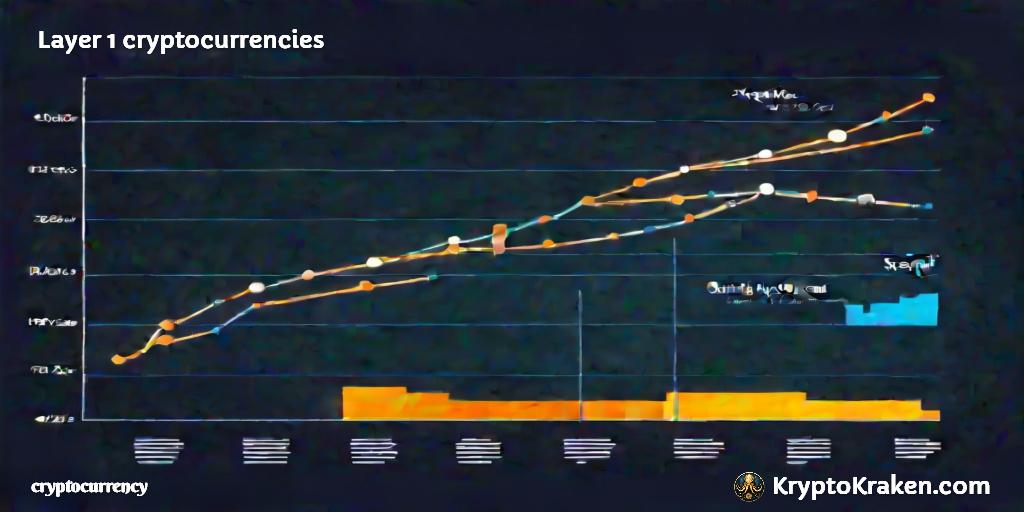
Layer-1 Coins That Made Significant Gains
Several layer-1 coins have gained significant traction in the market, and we’ll be exploring a few of the top performers in this section.
Analysis of the Top Performing Layer-1 Coins
Bitcoin remains the most dominant player in the layer-1 space, boasting a market cap of over $1 trillion.
Ethereum is the second-largest layer-1 coin, with a market cap of over $200 billion. Ethereum has gained significant attention in recent years due to its smart contract functionality, which allows developers to create decentralized applications on top of the Ethereum blockchain.
Polkadot is a newer entrant to the layer-1 space, and it has quickly gained the attention of investors due to its cross-chain compatibility and interoperability. Polkadot allows for the seamless transfer of assets and data between different blockchains, making it highly useful for developers.
Factors That Contributed to the Success of These Coins
The success of these layer-1 coins can be attributed to several factors, including their active developer communities, robust technological infrastructure, and first-mover advantage in the case of Bitcoin. Additionally, the growing institutional adoption of cryptocurrencies has contributed to the success of these coins, with several hedge funds and other institutional investors holding significant amounts of Bitcoin and Ethereum.
Layer-1 Coins That Experienced Significant Losses
While several layer-1 coins have performed well in the market, others have experienced significant losses.
Analysis of the Worst Performing Layer-1 Coins
Ripple (XRP) is a layer-1 coin that has seen a significant decline in value over the past year following regulatory scrutiny from the US Securities and Exchange Commission (SEC). The SEC has accused Ripple of illegally selling unregistered securities in the form of XRP, which has caused several cryptocurrency exchanges to delist the coin.
Another layer-1 coin that has struggled in the market is Bitcoin Cash (BCH), which was created in 2017 as a result of a hard fork in the Bitcoin blockchain. While Bitcoin Cash initially gained significant traction in the market, it has since struggled due to criticism around its security and centralization.
Factors That Contributed to the Decline of These Coins
The decline of Ripple and Bitcoin Cash can be attributed to several factors, including regulatory uncertainty, a lack of utility and adoption, and centralization concerns in the case of Bitcoin Cash.
New Kids on the Block: Latest Layer-1 Coins to Watch
In this section, we’ll be exploring some of the newest layer-1 coins to watch in the market.
Overview of the Newest Layer-1 Coins
Solana (SOL) is a layer-1 coin that has gained significant attention in the market due to its speed and low transaction fees. Solana boasts a transaction processing speed of up to 65,000 transactions per second, making it one of the fastest layer-1 coins in the market.
Terra (LUNA) is another layer-1 coin that has gained traction in the market due to its focus on stablecoins and DeFi applications. Terra allows for the creation of stablecoins pegged to various fiat currencies, making it useful for cross-border payments.
Potential of These Coins and What Sets Them Apart from Others
Solana and Terra are unique in their own ways, with Solana’s speed and low fees offering a competitive advantage over other layer-1 coins, while Terra’s focus on stablecoins and DeFi make it highly useful for financial applications. These coins have the potential to disrupt the market and gain significant traction in the coming years, and investors should keep a close eye on them.
Conclusion
Layer-1 cryptocurrencies offer unique advantages and disadvantages compared to other digital assets, and it’s essential to understand them to make informed investment decisions. While Bitcoin remains the most dominant layer-1 coin in the market, other coins like Ethereum and Polkadot have gained significant traction due to their technological infrastructure and developer communities. Additionally, newer entrants like Solana and Terra offer unique functionalities that make them stand out from other layer-1 coins. As with any investment, it’s important to conduct thorough research and seek professional advice before making any decisions.









